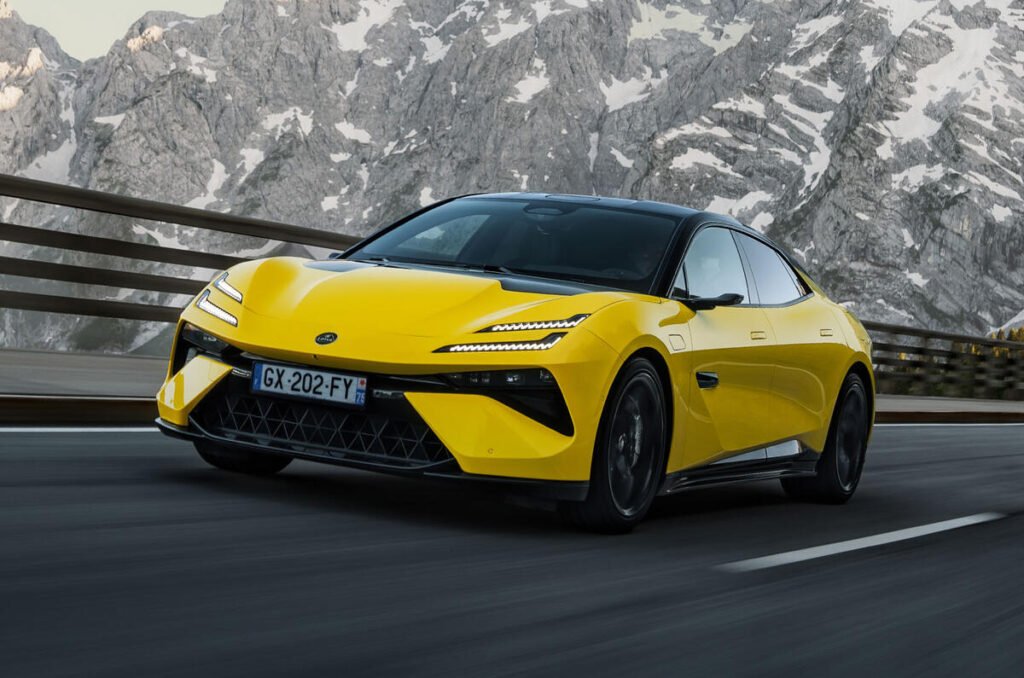Lotus will produce hybrid versions of future models in response to the continued reluctance of luxury car buyers to switch to electric vehicles.
The move, confirmed by the brand’s CEO to reporters at the recent Guangzhou Motor Show in China, means the brand is abandoning its current plan to go all-electric by 2028.
Lotus will develop ‘Super Hybrid’ technology with ultra-fast plug-in charging combined with a turbocharged combustion engine to extend the total range to 1,080 kilometers, Feng Qingfeng said.
He didn’t say which models would get the hybrid powertrain, but Lotus could upgrade the current Eletre large SUV and Emeya large sedan EVs with the technology, and add it to the upcoming Porsche Macan rival SUV.
“At Lotus, we have always opted for the best energy technology available, whether it is pure gasoline, pure electric, hybrid or range-extended (EV),” Feng told the Wall Street Journal (WSJ) in an interview.
Plug-in hybrids (PHEVs) and extended-range EVs (EREVs) have soared in popularity in China in recent months, forcing some automakers to refocus model development to meet demand.
Chinese premium EV brand Zeekr – which, like Lotus, is owned by Geely – recently announced that it will offer PHEVs in the future.
The luxury segment in which Lotus competes has stubbornly resisted the move to electric vehicles, with customers preferring ICE models.
The benefits of electric driving are less pronounced at the top end, Feng believes. “Luxury car engines are already very powerful and the driving experience is quite similar, with eight-cylinder and 12-cylinder engines performing well,” he told the WSJ.
European brands are struggling to sell their electric cars in China, with Porsche particularly hard hit.
“We cannot expect a significant recovery in the coming years when it comes to the premium and luxury BEV segment in China for European (manufacturers),” Porsche CFO Lutz Meschke said during the company’s third-quarter earnings call.
Lotus originally rejected versions of PHEV powertrains because of their compromises compared to pure electric systems in terms of drivability, Feng said.
PHEVs need to be plugged in daily to fully utilize the EV element, while EREVs increase electric usability but can become sluggish when the battery runs out and the small ICE is turned on to power the electric motor.
Lotus will overcome the sluggishness by ensuring the ICE can charge the battery much faster than in other EREVs, so the car doesn’t have to rely solely on ICE power, Feng promised.

